
Photo: Andrei Cássia

Photo: Andrei Cássia
This page is more than one year old.
The term "telepathy" refers to the alleged ability to communicate information from one person's mind to another without using any of our known sensory channels or physical interaction. The idea of telepathy first gained prominence in the late 19th century when members of the newly-founded Society for Psychical Research (SPR) began to explore the phenomenon scientifically with the aim of understanding whether minds can interact directly.
Telepathic communication can involve the sending or receiving of thoughts, feelings, or images. For example, someone might know telepathically what their friend is about to say before the words are spoken, or where twins claim to feel each other's pain or emotions from great distances.
Telepathy often falls under the umbrella of extrasensory perception (ESP), alongside other abilities like psychokinesis or precognition. Although telepathy involves transmitting or receiving information, which can be auditory, visual, feelings, emotions, or thoughts, it is distinct from other extrasensory abilities such as clairaudience, clairvoyance, clairsentience, and claircognisance. The difference is that telepathy specifically refers to direct mind-to-mind communication, whereas the other abilities involve receiving information through non-ordinary sensory channels or intuitive insights about events, objects, or people, but not necessarily directly from another person’s mind.
Although mind-to-mind communication is the defining characteristic of telepathy, it doesn't necessarily require both participants to possess telepathic abilities. Typically, telepathy is thought to involve at least one "sender" who projects thoughts, feelings, or images and one "receiver" who picks up on these mental transmissions, but it's not always the case that both parties must be actively telepathic. Parapsychologists have experimented with various configurations to test telepathic communication, including having one known telepathic individual send messages to non-telepathic receivers to see if there's any transfer of thought beyond chance.
One topic of debate among those interested in psychic phenomena is the origins of telepathy in individuals. Some argue that, like any other talent or skill, telepathy is an ability some individuals are gifted with from birth. Anecdotal evidence often includes stories of individuals, especially twins, who claim to have experienced telepathic connections from a very young age, suggesting a natural origin.
Others believe that telepathy can be developed through practice and training. Workshops, books, and courses on psychic development often include exercises designed to enhance sensitivity to telepathic signals. These exercises might involve visualisation, meditation, or focused attention on another person's thoughts or feelings. This belief would suggest that everyone has some level of telepathic potential that can be developed with the right techniques.
Scientifically, telepathy remains a highly contested subject. Numerous experiments have been conducted, particularly in the field of parapsychology, to test the validity of telepathic abilities. The results have been mixed, with no conclusive evidence that telepathy exists. Many studies that have claimed positive results suffer from methodological flaws, a lack of proper controls, or an inability to be replicated by independent researchers.
However, there are several theories about how it might work. One such theory suggests that the brain generates electromagnetic signals that could influence or interact with the fields of other brains. We know the brain does produce electromagnetic fields, but they are very weak and rapidly decrease in intensity with distance, which makes it difficult for this theory to explain telepathy over long distances.
Some researchers have explored the possibility that telepathy could involve known neurobiological processes, such as mirror neurons - cells in the brain that react similarly whether a person is performing an action or observing someone else perform the same action. This mirroring could potentially be more extensive than currently understood, possibly allowing for the direct transmission of thoughts and emotions between people.
Carl Jung, the Swiss psychiatrist, proposed the concept of a collective unconscious - a part of the unconscious mind that is derived from ancestral memory and experience and is common to all humankind. Under this theory, telepathy might be explained by a shared pool of knowledge that transcends individual consciousness.
While these theories are interesting, they lack any evidence, and the actual mechanism behind telepathy, if it exists, is still not understood. Skeptics argue that the strongest argument against telepathy is the absence of reliable, repeatable empirical evidence. Reports of telepathy are often anecdotal, and telepathic claims vary widely in terms of who can supposedly perform it, under what conditions, and with what degree of success. This inconsistency is a red flag in scientific investigations, suggesting that other explanations might be more plausible, such as coincidence, fraud, or psychological factors.
Another problem is that there is no known biological basis for telepathic transmission. The human brain communicates internally and with other bodies through well-understood physical channels such as electrical impulses. The brain does not have any known anatomical structures or pathways that would enable the kind of direct mental communication required for telepathy.
The belief that telepathy can work over any distance, including potentially vast interstellar distances, is also problematic. Einstein's theory of relativity tells us that nothing can travel faster than the speed of light. This limit applies not just to physical objects but to any form of information transmission. If telepathy could indeed transmit information instantaneously across any distance, it would challenge this fundamental principle and require a substantial revision of our understanding of the whole universe.
For example, it takes just over eight minutes for light from the Sun to reach us on Earth. If a spacecraft close to the Sun observed it suddenly explode and sent a message back to Earth using conventional means, that message would not be able to outpace the speed of light. Therefore, the earliest we could receive the message would be at the same time as we observe the explosion here on Earth - eight minutes after the event occurred. If telepathy could send this information instantaneously, we would receive the news before we could see the explosion through light, which would defy the current laws of physics regarding the speed of information transmission.
Telepathy remains a popular subject in TV shows and movies, featuring prominently in series like 'Stranger Things' and 'Sense8', as well as films like 'Scanners'. It also continues to be a commonly debated topic in the field of parapsychology. It seems clear that, whether as a topic of serious study or as a staple of science fiction and fantasy, telepathy is a concept that's here to stay.
Testing Your Own Telepathic Abilities
If you are curious about your own telepathic abilities, there are some simple experiments you can conduct with the help of a friend.
Card Guessing
One of the classic approaches used in parapsychology is the card-guessing test using a standard deck of playing cards. One person acts as the sender and looks at a card and tries to telepathically send the image or symbol on the card to another person, the receiver, who cannot see the card. After several trials, compare the guesses to the actual cards to see if the number of correct responses is higher than what would be expected by chance (which would be one in five for Zener cards or one in fifty-two for playing cards).
Object Guessing
Similar to the card test, this involves the sender concentrating on a particular object while the receiver attempts to guess what it is. Record the results over multiple attempts to see if there's a statistically significant success rate beyond random guessing.
Location Guessing
In this remote viewing experiment, the receiver tries to describe a location or scene that the sender is currently looking at, often from some distance away. This test requires detailed feedback from the sender to verify the accuracy of the receiver's descriptions. The details that the receiver can provide, which they couldn't have known through normal means, are noted to assess the telepathic connection.
More Essential Parapsychology
See All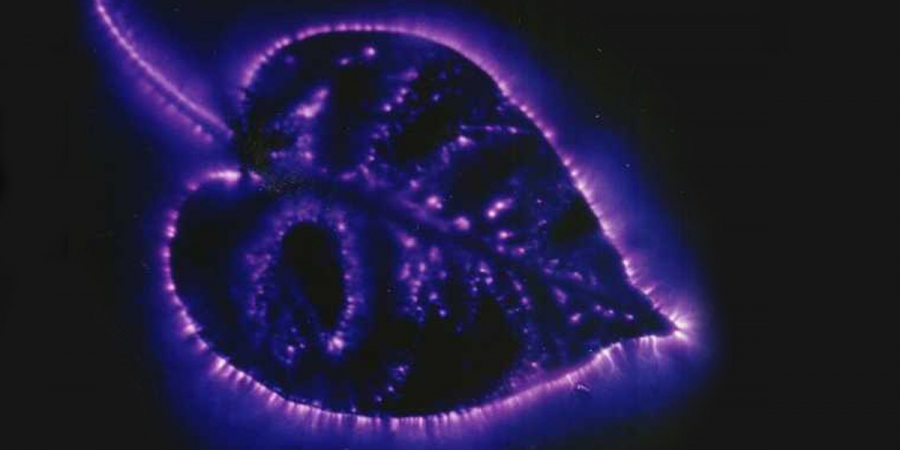
ArrayOctober 11, 2024
The Reality Behind Kirlian Photography’s Glowing Auras

ArrayOctober 07, 2024
Could Retroactive Psychokinesis Allow Us To Influence The Past?

ArrayOctober 05, 2024
What Spontaneous Cases Are & Why Parapsychologists Research Them
Learn With Higgypop
Hosted by Paralearning in association with Higgypop, these courses on ghost hunting, paranormal investigations, and occult practices draw on the experience of our team of paranormal writers.
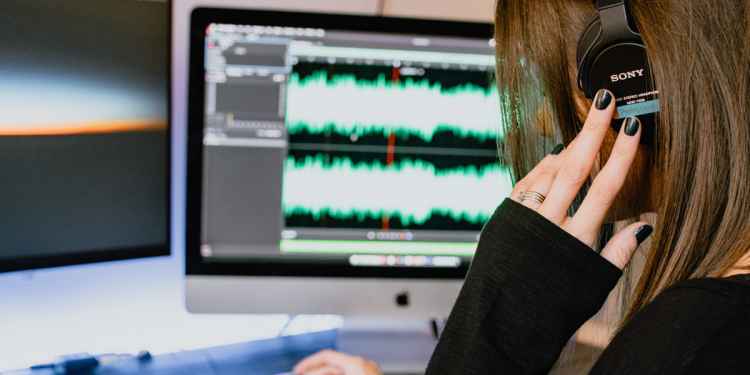
Diploma In Capturing & Analyzing Electronic Voice Phenomenon
This course gives you practical and useful knowledge of ghost hunting and paranormal research, which is invaluable when conducting your own paranormal investigations or as part of a group event.
View Course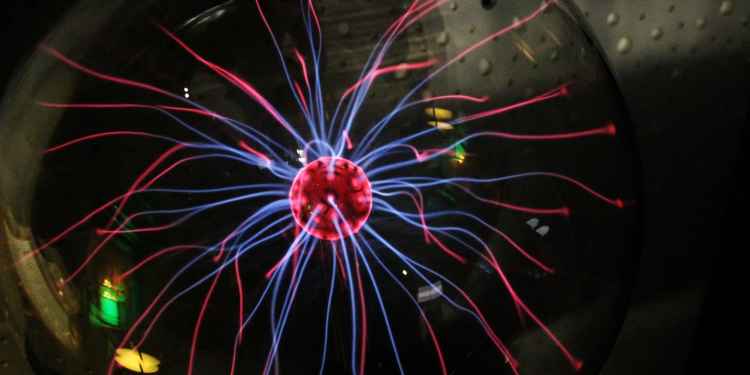
Diploma In Advanced Scientific Theory For Paranormal Investigators
This course gives you practical and useful knowledge of ghost hunting and paranormal research, which is invaluable when conducting your own paranormal investigations or as part of a group event.
View CourseMore Like This
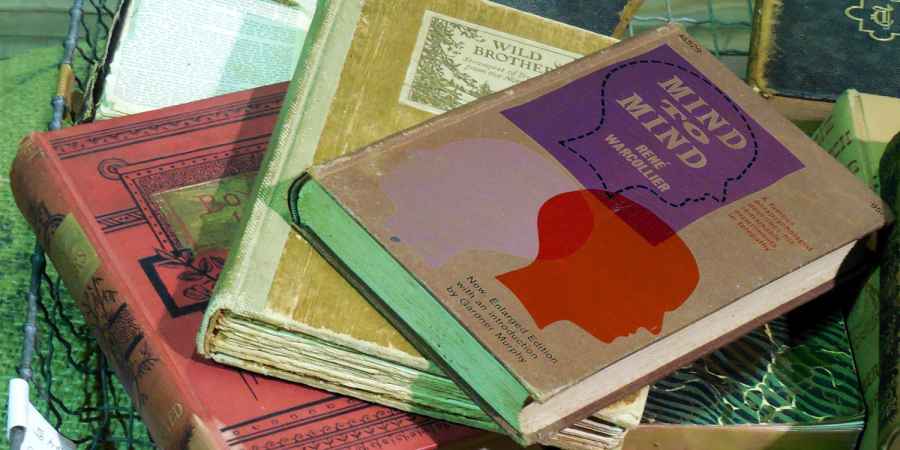
BooksMarch 17, 2025
Revisiting 'Mind To Mind': René Warcollier's 1948 Book On Telepathy

Remote ViewingMarch 16, 2025
Remote Viewing Glossary: Key Terms & Definitions
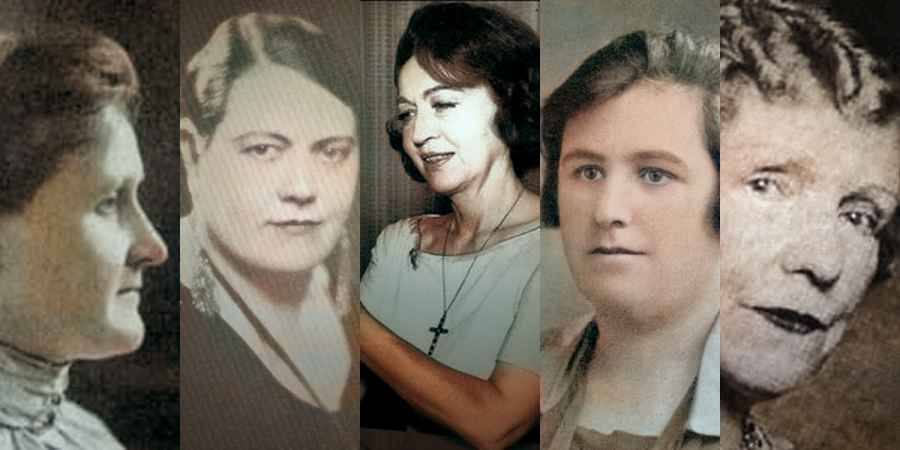
Womens DayMarch 08, 2025
Influential Female Psychics & Mediums

Remote ViewingMarch 07, 2025
Examining The Best Evidence For The Existence Of Remote Viewing
 See More on Audible
See More on Audible

Comments
Want To Join The Conversation?
Sign in or create an account to leave a comment.
Sign In
Create Account
Account Settings
Be the first to comment.